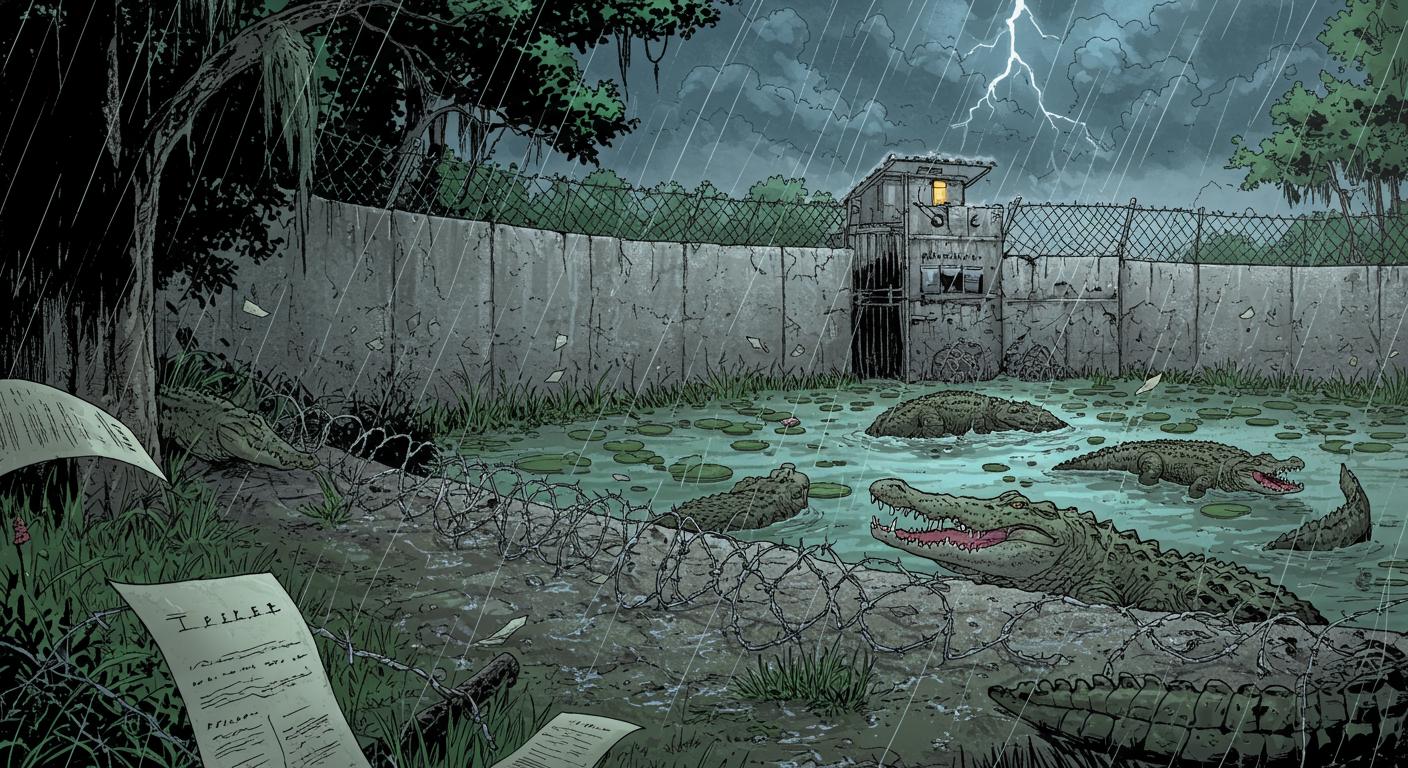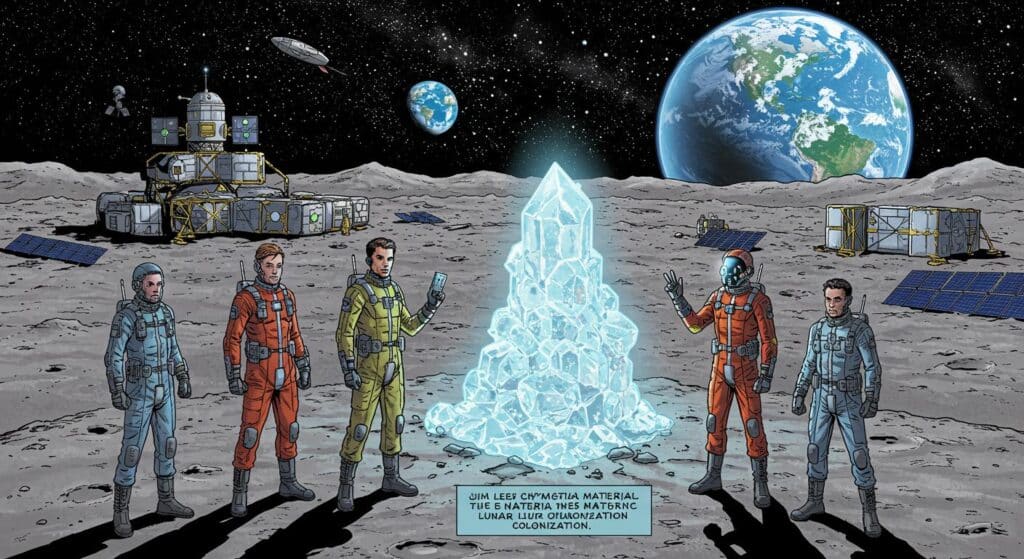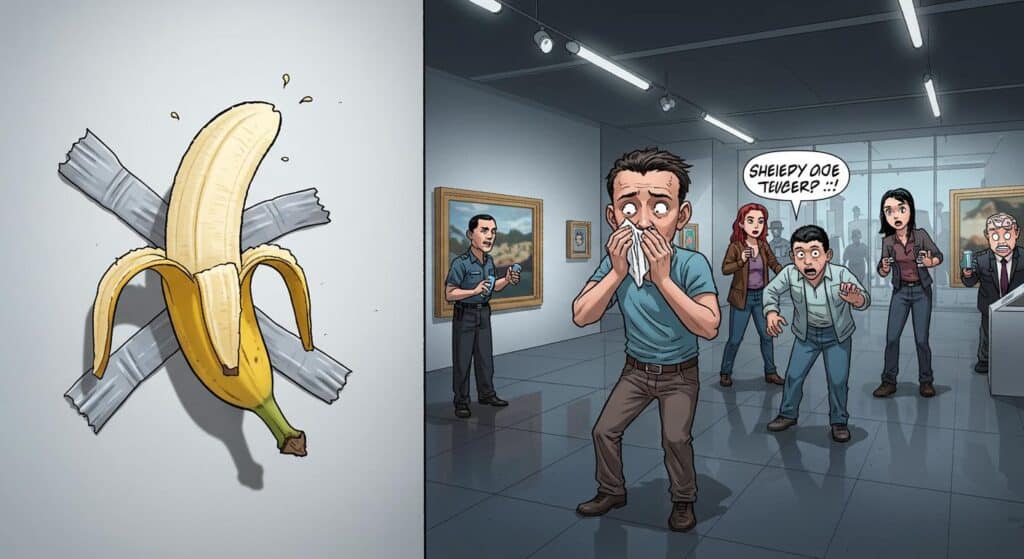There are moments when reality sounds suspiciously like a rejected pitch for an alligator-themed dystopian film—today, for example, as the legal saga of “Alligator Alcatraz” takes an illogical turn, thanks to the often-overlooked intricacies of court jurisdiction.
When the Swamp is Literally the Venue for Debate
According to Associated Press reporting, environmental groups intent on stopping the construction of an immigration detention center in the vast Florida Everglades—a facility colloquially called “Alligator Alcatraz”—recently watched their lawsuit evaporate on a procedural misstep: they filed in the wrong court district.
Court records cited by the AP indicate that even though Miami-Dade County technically owns the land, the facility itself is planted firmly in Collier County, which lies within Florida’s middle district—not its southern district, where environmentalists initially brought the suit. Officials told the outlet that all decisions regarding the facility were made in Tallahassee and Washington. In a detail highlighted by the AP, Kevin Guthrie of the Florida Division of Emergency Management underscored in court filings that, “all the detention facilities, all the buildings, and all the paving at issue are sited in Collier County, not Miami-Dade.” As a result, the lawsuit—regardless of its merits—couldn’t move forward in its original judicial home.
Environmental advocates, as summarized in the AP’s coverage, allege the project’s approval process ignored both state and federal environmental laws. This concern focuses on the ecological sensitivity of the Everglades, where the structure is rising atop a re-purposed airstrip. A virtual hearing on the suit took place Monday, with all sides maneuvering through the digital maze of modern-day courtrooms.
Swamp Bureaucracy and Symbolic Irony
The Associated Press also notes that critics have vehemently opposed the facility, describing it as a “cruel and inhumane” incursion into delicate wetlands, while Governor Ron DeSantis and other state officials, as described by the outlet, portray it as a linchpin in Florida’s assertive effort to support President Donald Trump’s federal crackdown on illegal immigration. U.S. Homeland Security Secretary Kristi Noem has, according to the AP, praised Florida for what she called “forward thinking” on expanding immigration detention.
All the while, the primary issue—whether state and federal environmental safeguards were sidestepped or properly observed—has been neatly sidetracked by a question of whether the paperwork landed in the proper district inbox. There’s a distinct irony in watching big, consequential decisions for both landscape and people temporarily derailed more by cartography than by the underlying arguments.
Technicality as Detour
If nothing else, this outcome showcases the particular resilience of bureaucracy, where the process sometimes eclipses the substance. A project of this size—poised to alter the ecosystem and affect communities—now glides past a legal challenge, not for lack of concerns, but because someone essentially brought their case to the wrong address. It’s the type of detail only an archivist or legal cartographer could love.
In a scene described by the AP, resolution (or at least a pause) came via virtual hearing—a modern twist on arguing the fate of a swath of swamp from behind webcams and screens, all because of lines on a map drawn long before “Alligator Alcatraz” was on anyone’s mind. Legal experts and environmental advocates will presumably regroup and file again in the correct court. For now, momentum remains with the builders and backers, while the technical issues of jurisdiction hold the line more firmly than any levee.
It all raises a curious question: In a place as stubbornly peculiar as Florida, is the path to stopping a bulldozer through the Everglades really determined by the advocacy— or more by who’s holding the county plat map at the right moment?







